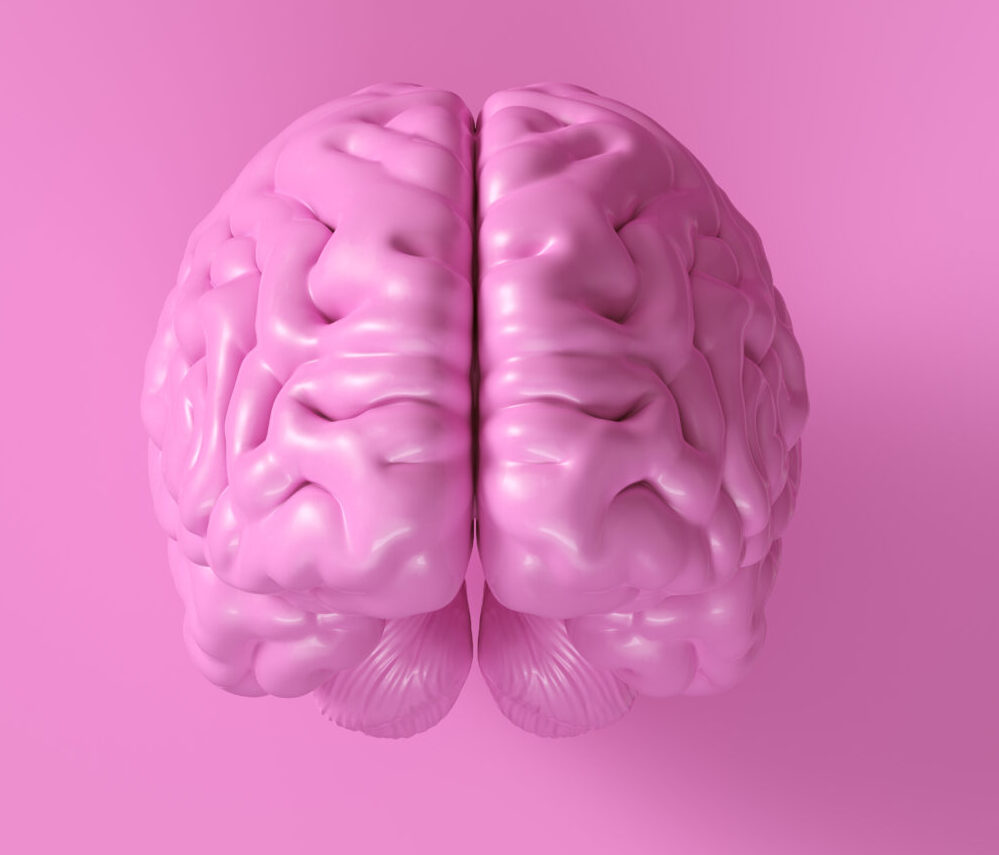Unraveling the Complexity of Alzheimer’s at the Cellular Level
### Unraveling the Complexity of Alzheimer’s at the Cellular Level
Alzheimer’s disease is a complex condition that affects millions of people worldwide. At its core, Alzheimer’s is a disease that affects the brain, causing memory loss, confusion, and difficulty with daily tasks. But what happens at the cellular level to cause these symptoms? Let’s dive into the intricate world of cells to understand how Alzheimer’s unfolds.
#### The Role of Tau Protein
One of the primary components of Alzheimer’s disease is a protein called tau. Tau is a normal part of the brain, but in Alzheimer’s, it becomes abnormal and forms clumps called neurofibrillary tangles. These tangles are like sticky webs that disrupt the normal functioning of brain cells, leading to memory loss and other cognitive problems.
#### How Tau Spreads
The formation of neurofibrillary tangles starts in a specific part of the brain called the entorhinal cortex. From there, the abnormal tau protein spreads to other parts of the brain, including the hippocampus, which is crucial for learning and memory. But how does this spreading happen? Researchers believe that a type of brain cell called microglia plays a significant role in this process. Microglia are like the brain’s immune cells, and they can take up and release tau protein, potentially spreading it to other cells.
#### The Microglia Connection
Dr. Hirohide Asai and his team at Boston University are studying how microglia contribute to the spread of tau. They are looking at whether microglia can take up tau protein and then release it, possibly through tiny bubbles called exosomes. These exosomes might contain not only tau but also other inflammatory molecules that could enhance the aggregation of tau, making it more toxic to brain cells.
#### Biomarkers and Predictive Models
Another area of research focuses on identifying biomarkers that can predict Alzheimer’s disease. Biomarkers are like signs that indicate the presence of a disease. Researchers are using various biomarkers, such as amyloid beta, tau, and neurofilament light chain, to predict brain amyloidosis. These biomarkers are analyzed using advanced technologies like single molecule array (SIMOA) to determine their effectiveness in different racial and ethnic groups.
#### Genetic Risk Factors
Genetic factors also play a significant role in Alzheimer’s. For example, the gene that codes for phospholipase C γ2 (PLCγ2) has been linked to late-onset Alzheimer’s disease. Variants of this gene, such as the M28L and P522R polymorphisms, can increase or decrease the risk of developing Alzheimer’s. Researchers are studying how these genetic variations affect learning and memory in mice, which could provide insights into the disease’s progression.
#### Detecting Tau Aggregates
Detecting tau aggregates is crucial for understanding Alzheimer’s. A new assay called the tau Seed Amplification Assay (Tau-SAA) can detect tau pathological aggregates in patients’ samples with high sensitivity. This assay has the potential to identify compounds that inhibit tau aggregation, which could lead to new treatments for Alzheimer’s.
#### Microglia and Neurodegeneration
Microglia, the brain’s immune cells, are also involved in neurodegeneration. They shift from a homeostatic phenotype to a reactive one in response to neurodegenerative cues. Researchers are studying how microglia with higher levels of P2RY12 expression might be less reactive and less responsive to neurodegenerative signals. This could provide insights into how microglia contribute to or mitigate neurodegenerative diseases like Alzheimer’s.
#### Brain Waves and Alzheimer’s
Finally, researchers are exploring how brain waves change in rat models of Alzheimer’s disease. By studying these changes, scientists hope to better understand the progression of the disease and identify potential therapeutic targets.
In summary, unraveling the complexity of Alzheimer’s at the cellular level involves understanding the roles of tau protein, microglia, biom





